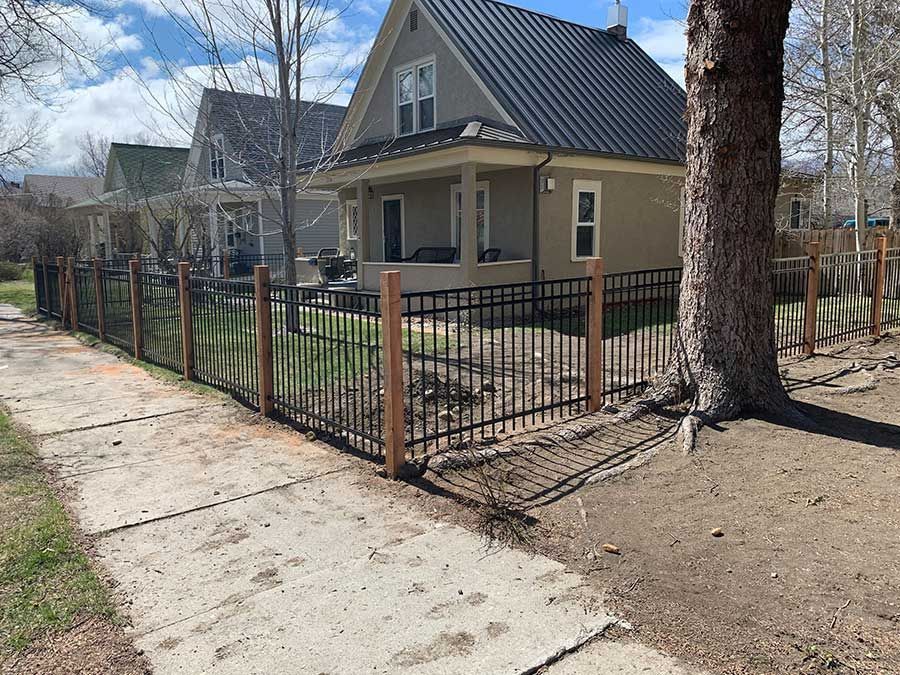Tracing the journey of continuous panel fencing from its humble beginnings to its role as a modern fencing solution.
Early History of Continuous Panel Fencing
Continuous panel fencing originated out of necessity, with early designs using simple materials such as wood and stone to create barriers. Though practical, they were not as effective or long-lasting as modern fences.
Technological Advancements Over the Years
Fencing technology took a major leap during the industrial revolution, with steel production allowing for stronger, more uniform panels. By the mid-20th century, continuous panel fencing became the standard for agricultural and industrial use.
Advances in welding and fabrication techniques also allowed for more customizable and durable designs. This period saw the shift from manually assembled fences to pre-fabricated panels, greatly reducing installation times.
How Materials Have Changed in Continuous Panel Fencing
The materials used for continuous panel fencing have undergone significant changes to improve durability, reduce costs, and increase sustainability. Some notable advancements include:
- Galvanized Steel: Introduced for its resistance to rust and long-lasting performance.
- Powder-Coated Finishes: Added for aesthetic appeal and enhanced protection against the elements.
- Recycled Materials: Growing emphasis on eco-friendly solutions has led to the use of recycled steel and other sustainable materials.
Adoption in Various Industries
Once used primarily by ranchers and farmers, continuous panel fencing is now widely adopted across numerous industries, including:
- Agriculture: Managing livestock and protecting crops.
- Industrial: Securing warehouses, factories, and storage areas.
- Residential: Enhancing property boundaries and aesthetics.
- Public Spaces: Safeguarding parks, playgrounds, and recreational areas.
This versatility has solidified its position as a go-to fencing solution worldwide.
The Future of Continuous Panel Fencing
The future of continuous panel fencing looks promising, with innovations aimed at improving efficiency, sustainability, and aesthetics. Emerging trends include:
- Smart Fencing: Integration of sensors and technology for automated monitoring and security.
- Modular Designs: Easier customization and reconfiguration to adapt to changing needs.
- Green Materials: Increased use of recycled and biodegradable materials to minimize environmental impact.
As these advancements continue, continuous panel fencing will remain a vital part of modern property management.
Wrapping Up
The journey of continuous panel fencing showcases its evolution from simple enclosures to cutting-edge solutions. Its adaptability and durability have made it a trusted choice across industries, and with future innovations on the horizon, its potential is limitless. Ready to invest in a fencing solution that stands the test of time? Contact Montana Fence today!
